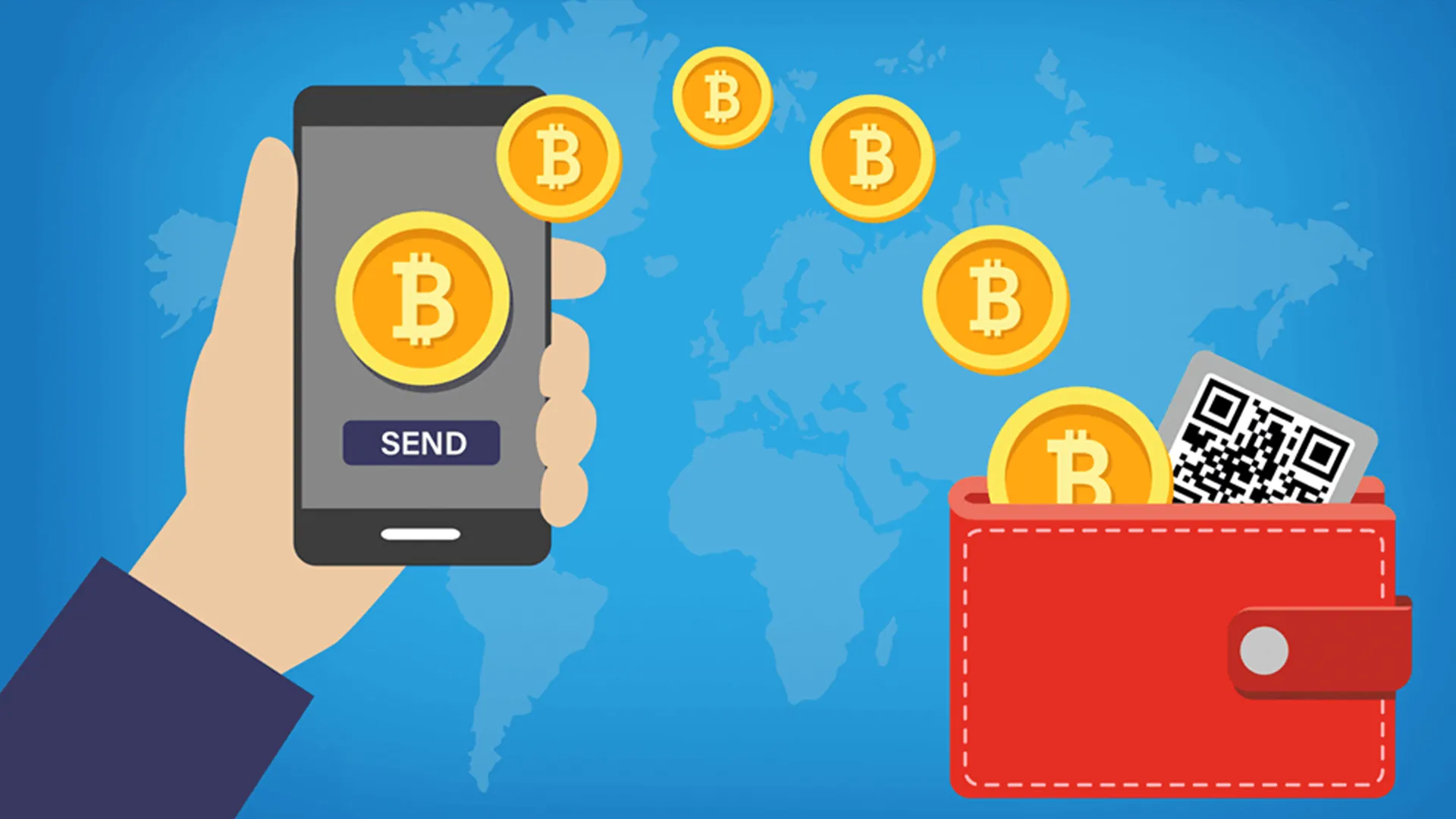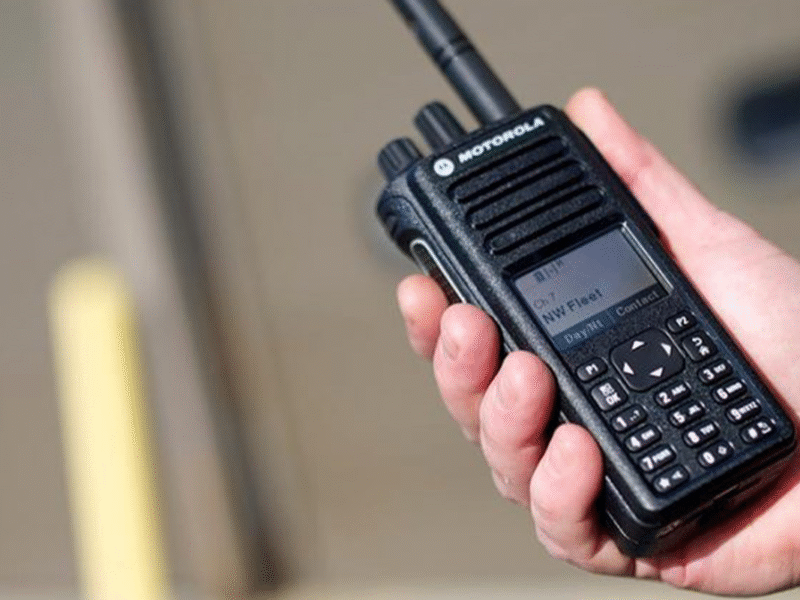Getting started with cryptocurrency can feel overwhelming, especially for beginners unfamiliar with blockchain technology. Mobile crypto wallet apps simplify this journey by offering an accessible, secure, and user-friendly way to manage digital assets on the go. These apps allow users to store, send, and receive cryptocurrencies directly from their smartphones—no technical background required.
With intuitive interfaces, built-in guidance, and strong security features, mobile wallets help first-time users gain confidence in navigating the crypto world. The growing demand for beginner-friendly tools has driven innovation in crypto wallet app development, resulting in smarter, safer, and more efficient solutions. Whether you’re exploring Bitcoin, Ethereum, or other tokens, having the right wallet app is the first step toward a smooth crypto experience.
What Is a Mobile Crypto Wallet App?
A mobile crypto wallet app stores and manages digital currencies like Bitcoin, Ethereum, and other tokens directly on your smartphone. These apps let you send, receive, and hold crypto securely. They often come with features that make it easy to interact with blockchain networks without needing a full desktop setup.
You don’t need to be tech-savvy to use a mobile wallet. With just a few taps, you can create a wallet, set up security, and begin transacting with crypto.
Why New Users Prefer Mobile Wallets
Mobile wallets appeal to beginners for several reasons. First, they fit naturally into daily life—most people already rely on their phones for banking, messaging, and browsing. Adding crypto management to that same device feels natural.
Second, mobile wallet apps are user-friendly and often include guided steps that help new users move forward with confidence. They typically offer simplified interfaces and easy access to balance information, QR code scanning for payments, and secure storage for private keys.
Finally, mobile wallets make crypto ownership more accessible. You don’t need extra hardware or technical knowledge—just a smartphone and an internet connection.
Types of Mobile Crypto Wallets
There are several types of mobile crypto wallets, each with its own strengths in terms of security, convenience, and functionality. Here’s a breakdown:
Custodial Wallets
A custodial wallet means a third-party service controls your private keys. This setup is similar to how a bank holds your money. Apps like Coinbase Wallet or Binance Wallet fall into this category when connected to their exchange platforms.
These wallets often have user-friendly interfaces and account recovery options like email or phone verification. For beginners, custodial wallets reduce the pressure of managing private keys, but they come with the trade-off of less control over your assets.
Non-Custodial Wallets
In a non-custodial wallet, you hold your own private keys. No one else, not even the app developer, can access your funds. Apps like MetaMask, Trust Wallet, and Exodus are examples of non-custodial wallets.
While these offer greater control and privacy, they also put the responsibility on you. If you lose your backup phrase, you may lose access to your funds permanently. But for many users, the increased freedom is worth it.
Key Features to Look For in a Mobile Wallet
When choosing a mobile wallet, there are several key features to consider to ensure security, convenience, and compatibility with your needs. Here are the most important ones:
Security Tools
Security should be your top priority when selecting a wallet. Look for options like:
- Biometric login (fingerprint or face recognition)
- Two-factor authentication (2FA)
- PIN protection
- Encrypted private key storage
- Open-source code (transparency)
These features help protect your assets from theft or unauthorized access.
Supported Coins and Tokens
Make sure your wallet supports the cryptocurrencies you want to use. While many wallets support popular coins like Bitcoin and Ethereum, some may not support certain altcoins or tokens on specific blockchains.
Look for multi-chain support if you plan to use several different types of crypto. That way, you won’t need multiple apps for different assets.
Ease of Use
A clean interface, straightforward instructions, and smooth navigation can make a big difference. A wallet designed with beginners in mind should make it easy to view balances, send and receive assets, and manage your settings.
Look for wallets with intuitive layouts and helpful prompts during setup.
Backup and Recovery Options
Every wallet should offer a secure way to back up your data. Most non-custodial wallets will provide a 12- or 24-word seed phrase. Write it down and store it offline in a safe place.
Good apps will remind you to back up your wallet and show the correct steps to restore access if you ever switch phones or reinstall the app.
Customer Support
Even experienced users run into issues from time to time. Choose a wallet with reliable customer support. Some apps offer live chat, while others rely on email or help center articles. Wallets that value user feedback often release frequent updates and improvements. A trusted custom app development company typically prioritizes these support features and regular updates to ensure the app remains responsive to user needs and technical challenges.
Step-by-Step Setup for Beginners
Step 1 – Choose the Right Wallet App
Pick a wallet based on your needs. If you prefer simplicity and don’t mind using a service provider, try a custodial wallet. If you want full control, a non-custodial option might suit you better.
Do some light research on user reviews and look at recent updates to see if the app is actively maintained.
Step 2 – Download from a Trusted Source
Only download wallet apps from official app stores like Google Play or Apple’s App Store. Avoid clicking links from random websites or social media ads. Fake apps can steal your data or assets.
Verify the developer’s name and check the app’s rating before installing.
Step 3 – Create Your Wallet
Open the app and follow the prompts to create a new wallet. The process usually takes less than five minutes. Most wallets will create a public address (used to receive crypto) and a private key (used to send and control funds).
If you already have a wallet, you can import it using your seed phrase.
Step 4 – Secure Your Seed Phrase
After setting up your wallet, the app will display your seed phrase—a series of 12 to 24 random words. This is the only way to recover your wallet if you lose access to your phone.
Write the seed phrase down on paper. Don’t store it in cloud storage, email, or screenshots. If someone else gets this phrase, they can steal your funds.
Step 5 – Set Up Security Features
Next, add extra layers of protection. Most apps will prompt you to set up a PIN. Enable biometric login if your phone supports it. Some wallets also allow you to lock specific actions (like sending crypto) behind additional security steps.
Don’t skip this step—taking a few extra minutes now can save you from future headaches.
Step 6 – Add Crypto to Your Wallet
You can fund your wallet by receiving crypto from another wallet or by buying crypto directly through the app. Some wallets partner with exchanges or payment processors to let users buy with a credit card or bank transfer.
Always double-check the wallet address before sending funds. A typo or copy-paste error can result in a loss.
Step 7 – Send and Receive Crypto
To receive crypto, share your public address or QR code with the sender. To send crypto, enter the recipient’s address, choose the amount, and confirm the transaction.
Some wallets also show network fees (gas fees) before finalizing the transaction, especially for blockchains like Ethereum.
Popular Mobile Wallet Apps for Beginners
Here’s a beginner-friendly list of popular mobile wallet apps that are widely used, secure, and easy to set up:
Trust Wallet
Owned by Binance, Trust Wallet is a non-custodial app with a clean interface. It supports a wide range of blockchains and tokens. You can stake coins, use dApps, and even trade within the app. It’s a great starting point for users looking for a balance of features and simplicity.
MetaMask
MetaMask started as a browser extension and later launched a mobile version. It’s widely used for Ethereum and compatible blockchains. MetaMask lets you connect to decentralized apps (dApps), hold NFTs, and manage multiple wallets. The learning curve is a bit steeper, but it’s packed with features.
Coinbase Wallet
Separate from the main Coinbase exchange app, Coinbase Wallet is a non-custodial option that gives you full control over your crypto. It supports a wide range of assets and dApps. You can also back up your wallet to iCloud or Google Drive (optional), making recovery easier.
Crypto.com DeFi Wallet
This non-custodial wallet supports over 700 tokens and provides direct access to decentralized finance platforms. It’s ideal for users who want to branch into staking or yield farming later. Beginners will appreciate its guided setup and integrated security features.
Exodus Wallet
Exodus stands out with its beautiful design and multi-asset support. It’s beginner-friendly and includes built-in exchange features. It also works on desktop, letting you sync your wallet between devices. While it’s non-custodial, Exodus also offers 24/7 human support, which is rare.
Common Mistakes Beginners Should Avoid
Here are some common mistakes beginners should avoid, whether you’re learning a new skill, starting a new job, or diving into a new project:
- Skipping the seed phrase backup – Always write it down and store it safely.
- Sending funds to the wrong address – Double-check every address before sending.
- Falling for phishing links – Only use official websites and trusted app stores.
- Using public Wi-Fi to transact – Avoid open networks when managing crypto.
- Failing to update the app – Developers often fix bugs and improve security with updates.
Tips to Stay Safe While Using Mobile Wallets
- Enable all available security options in your wallet app.
- Lock your phone with a password, fingerprint, or facial recognition.
- Never share your seed phrase, even with customer support.
- Use hardware wallets for large amounts or long-term storage.
- Keep your apps and phone software up to date.
Final Thoughts
Starting with mobile crypto wallets doesn’t have to be complicated. With the right app and a few safety habits, you can manage your digital assets with confidence. Whether you choose a custodial or non-custodial option, remember that security and awareness are key. Follow the steps in this guide, and you’ll be in a strong position to use crypto safely from your phone.



